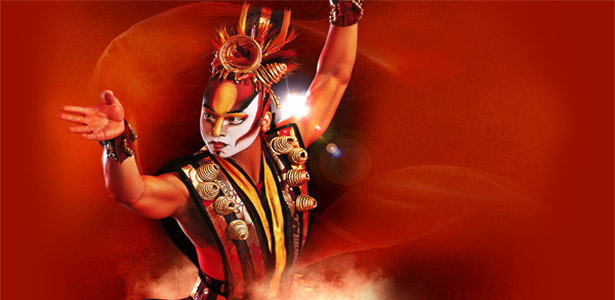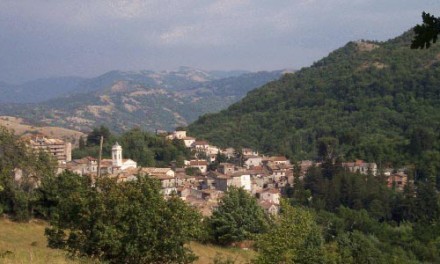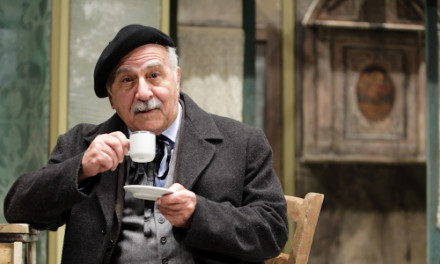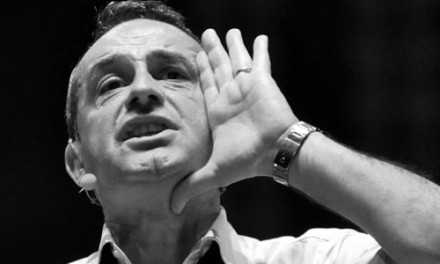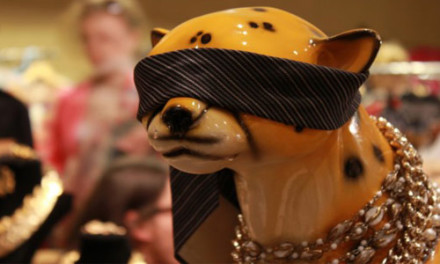Dal 8 al 17 Novembre 2013
Il Palalottomatica di Roma presenta:
Cirque du Soleil
<< Dralion >>
Un’affascinante fusione della tradizione di oltre 3000 anni di arte acrobatica cinese con l’approccio multidisciplinare del Cirque du Soleil, Dralion trae ispirazione dalla filosofia orientale e dalla sua infinita ricerca di armonia tra umani e natura. Il nome dello spettacolo deriva da due creature emblematiche: il drago, simbolo dell’Est, e il leone, simbolo dell’Ovest.
In Dralion i quattro elementi che governano l’ordine naturale prendono forma umana. Ogni elemento è rappresentato dal proprio colore evocativo: l’aria è blu, l’acqua è verde, il fuoco è rosso e la terra è ocra. Nel mondo di Dralion le culture si mescolano, Uomo e Natura sono una cosa sola, e viene raggiunto l’equilibrio.
Prezzi Biglietto: 35€ – 70€ + p.v.
Prevendita OnLineFrom May 15 to September 15 2013 at the Ara Pacis Museum will be open to the public the exhibition:
Genesis
Photographs by Sebastião Salgado
Genesis is the last great work of Sebastião Salgado, the most important documentary photographer of our time: a passionate look, tended to emphasize the need to protect our planet, to change our way of life, to acquire new behavior more respectful of nature and what surrounds us, to gain a new harmony.
The world as it was, the world as it is, and the earth as a magnificent resource to behold, know, love. This is the purpose and value of the last extraordinary project of Sebastião Salgado.
Showcasing over 200 unique photographs: the tropical forests of the Amazon, the Congo, Indonesia and New Guinea to the glaciers of Antarctica, from the taiga of Alaska to the deserts of Africa and up to the mountains of America, Chile and Siberia. Sebastão Salgado’s Genesis is a photographic journey across five continents to document with images in black and white of great charm, the rare beauty of our planet.
Salgado has produced the photographs that will be exhibited at the Ara Pacis, seeking out those parts of the world still untouched, those segments of life still intact, in which our planet is still in its magnificent beauty and where the elements, earth, flora, animals and humans live in miraculous harmony, as in a perfect symphony of nature. The exhibition is divided into five sections that follow the geographical areas in which Salgado has produced photographs: Planet South, The Shrines of Nature, Africa, the Far North, the Amazon and the Pantanal and has a number of great landscape photos made with the aim of capturing a world where nature, animals and living beings still live in balance with the environment. Another part of the work brings together the photographs of animals etched into the lens of Salgado through a long process of identification with their natural habitats. The photographer has been living in the Galapagos including giant tortoises, iguanas and sea lions, he traveled between the zebras and other wildlife that pass through Kenya and Tanzania, answering the call of nature to the annual migration.
Unique journey exploring our environment, Salgado’s latest project is an attempt, a complete success, to create a sort of grand planetary anthropology. But it is also a cry for help for our planet and a warning that we try to preserve this world still untouched, so that in the time we live in, development is not synonymous with destruction.
Opening hours: Tuesday to Sunday from 9:00 to 19:00 (entry is allowed until 18.00) – closed on Mondays Exhibition only: €10 adults, €8 reduced, €4 school special , families special €22 ; Integrated ticket (museum/exhibition): € 16 full, € 12 reduced Info: 060608 (every day from 9:00 to 21:00) Ara Pacis Museum Lungotevere in Augusta – Rome // // //
